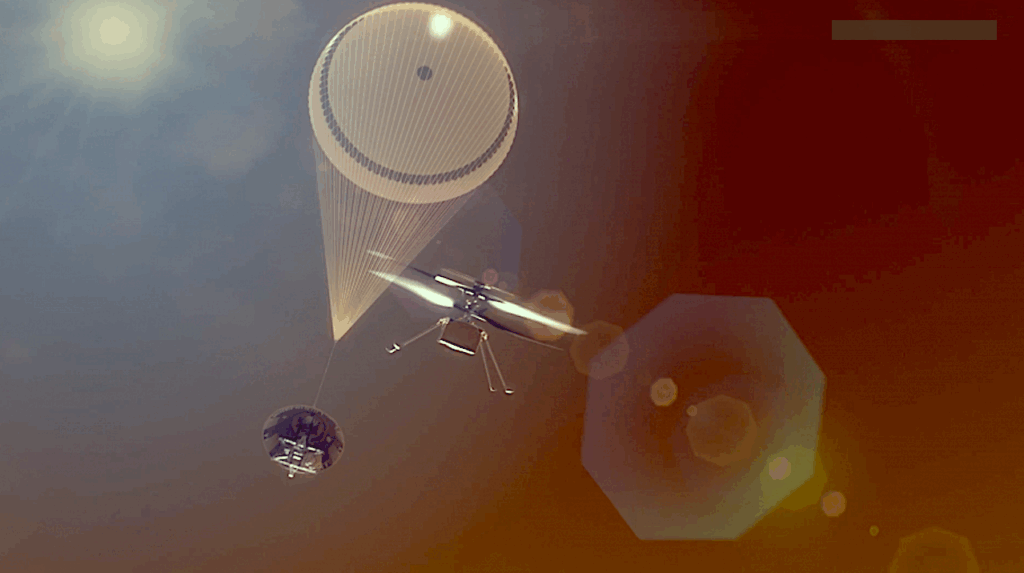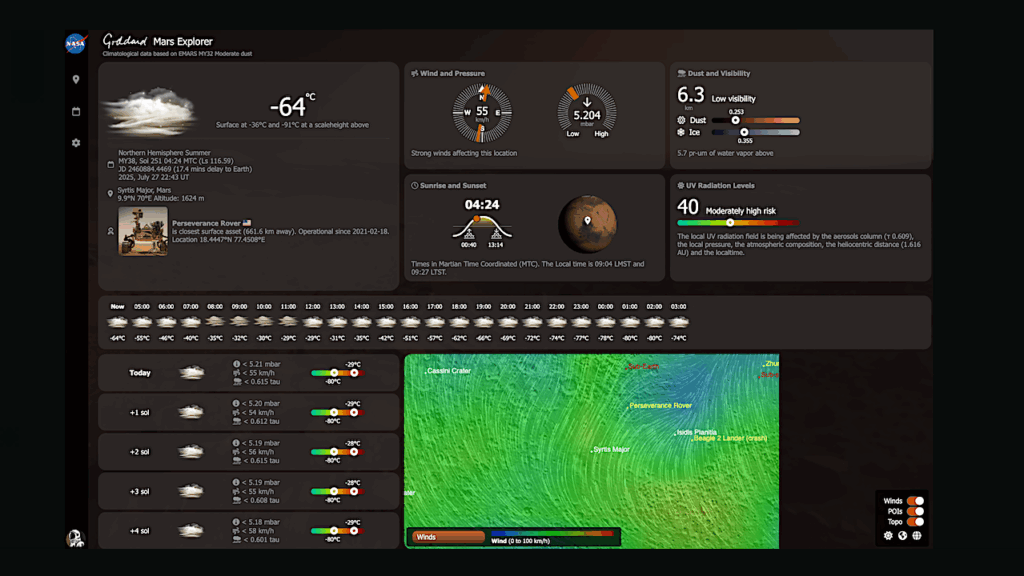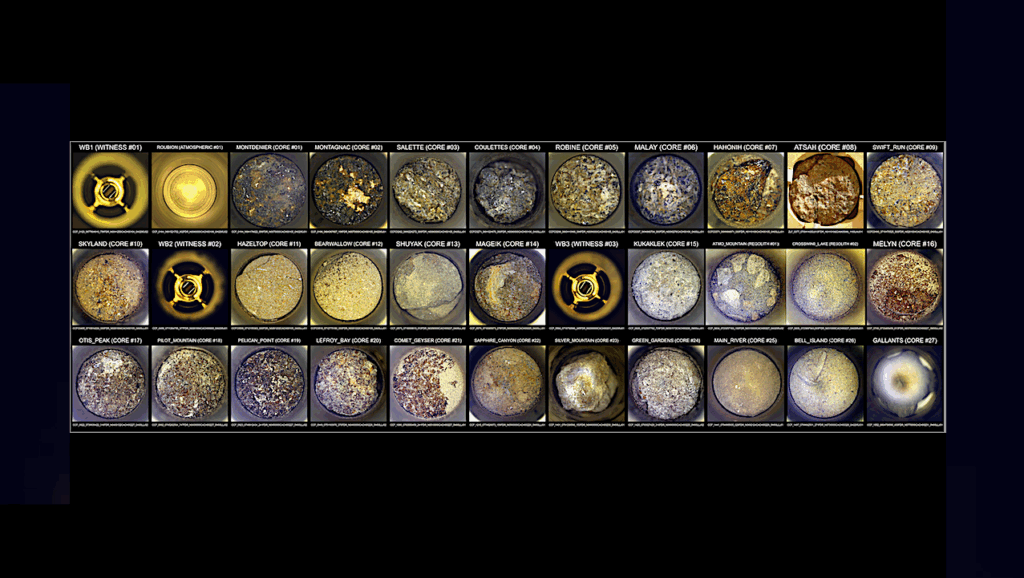Mars, the Nearest Habitable World – A Comprehensive Program for Future Mars Exploration

Report by the NASA Mars Architecture Strategy Working Group (MASWG), November 2020
Mars exploration today is at a critical juncture. A series of successful orbital and landed spacecraft missions have revealed a planet with:
• A variety of environments that could be or could have been habitable to microbes,
• An early, more Earth-like climate that changed dramatically over time,
• A geologically recent epoch of ice ages, and
• A dynamic planet that still changes today.
These missions have also provided a first look at the processes by which the planet has evolved, addressing fundamental questions of planetary evolution and providing a valuable end-member in the comparative study of terrestrial planets both inside our solar system and beyond. The program of orbital reconnaissance and ever more capable landed missions has taken the program to the point that it can undertake the challenge of returning–for the first time–carefully chosen samples from the Martian surface for intensive study by the full capabilities of laboratories here on Earth.
The Perseverance rover is on its way to Jezero Crater, where it will explore an ancient deltaic environment and collect samples for possible future return. NASA, in partnership with the European Space Agency (ESA), is developing follow-on missions for bringing those samples back to Earth during the coming decade, as endorsed by the Visions and Voyages Planetary Sciences Decadal Survey (National Research Council [NRC], 2011).
As important as Mars Sample Return (MSR) is–and it will result in a major step forward for planetary science–examination of material from a single site will not tell us everything that we need to know about Mars. Mars, like Earth, has a rich, complex history, with different locations capturing snapshots of its path in space and time. The history of one site must be integrated with a global context provided by both global observations and detailed local measurements at representative sites across the planet.
Also, fundamental questions about Mars will remain related to its potential for life; the geological history of the planet; the history of its climate and the driving forces behind these changes; the evolution of geologic processes and the interior composition and structure; and more recent atmospheric, polar, surface, and interior processes. Answering these questions will require new flight missions in addition to those needed for MSR.
We have carried out a detailed analysis of the science and mission needs for exploring Mars, and we have surveyed the emerging capabilities in order to provide a new vision of what the Mars Exploration Program should be during this era. Our activity was driven by a recommendation from the mid-decadal evaluation carried out by the National Academies of Sciences, Engineering, and Medicine (NASEM) of NASA’s progress on implementing the recommendations of Visions and Voyages. As part of its response, NASA chartered this Mars Architecture Strategy Working Group (MASWG) to assess the future of Mars exploration in addition to the current efforts to complete MSR.
Astrobiology








